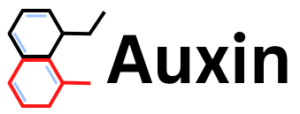Risk evaluation is the process of assessing the identified risks based on the potential
impact and likelihood of occurrence. The goal is to determine the significance of each
risk to the organization, aiding in risk prioritization and decision-making.
Custom Risk Registry (CURD)
The Custom Risk Registry (CURD) is a core component of the Auxin Security system,
responsible for managing and maintaining a comprehensive list of identified risks.
Adding a New Risk
To add a new risk to the registry, users with appropriate permissions can access the
CURD module, fill out a risk assessment form, and provide essential information, such
as risk description, category, likelihood, impact, and existing control measures. Once
saved, the risk becomes part of the registry and is ready for analysis.
Viewing Risk Details
Authorized users can view the details of each risk in the Custom Risk Registry. This
includes the risk description, category, Risk Asset, Risk Impact, current risk level, and
any associated control measures.
Modifying Risk Information
If there are updates or changes to a risk’s information, authorized users can modify the
details in the CURD module. It is essential to keep the registry up to date with accurate
and relevant information.
Deleting a Risk
In cases where a risk is no longer applicable or relevant, authorized users can remove it
from the registry using the CURD module. This action should be taken carefully after
considering the implications of removing a risk from the evaluation process.
Risk Assembly (Summarized Risk Stats)
The Risk Assembly module in Auxin Security is responsible for aggregating and
summarizing risk statistics from the Custom Risk Registry for reporting and visualization
purposes.
Risk Aggregation
The Risk Assembly module compiles data from the Custom Risk Registry and performs
risk aggregation to provide a holistic view of the organization’s risk landscape. It
generates reports that show the total number of risks, the distribution of risks across
different categories, and the overall risk exposure.


